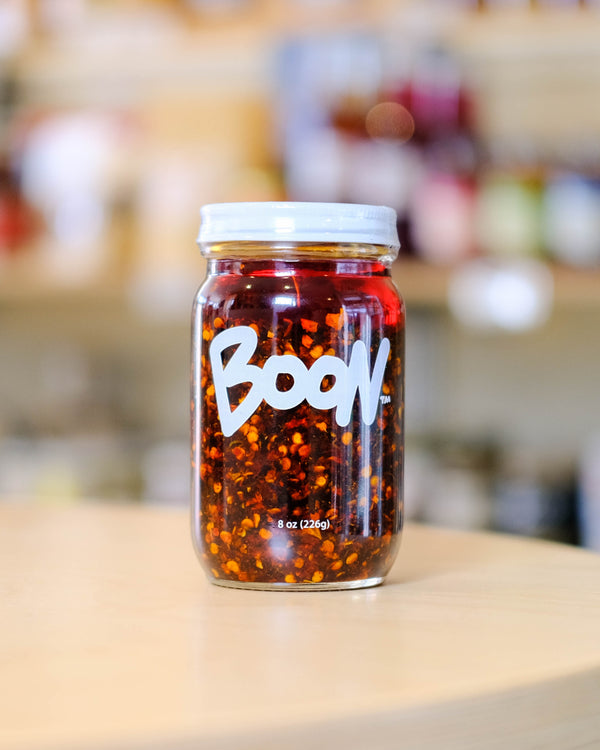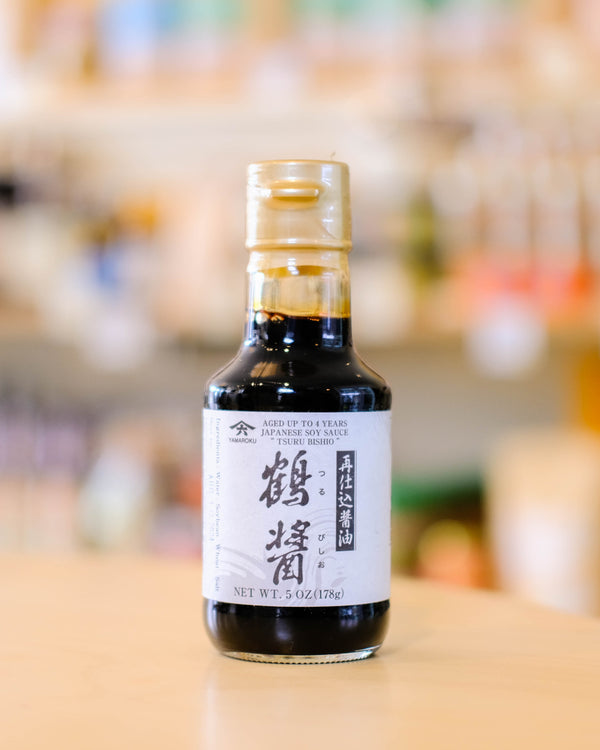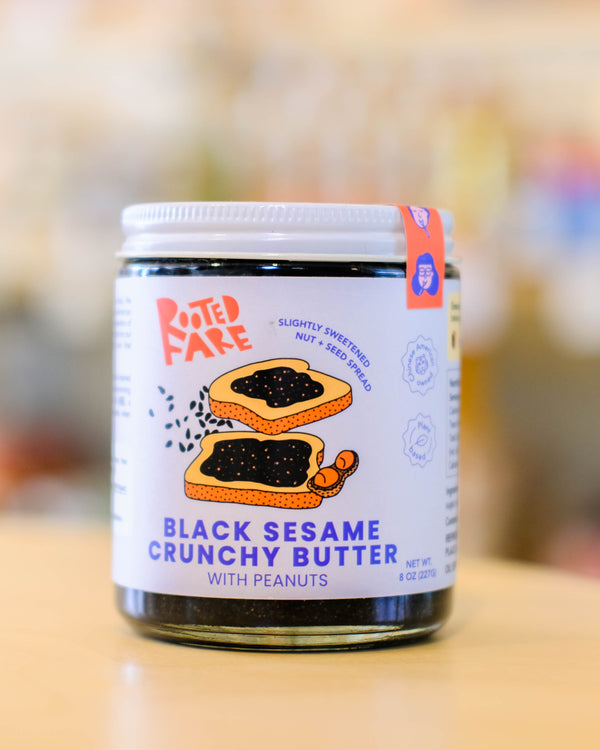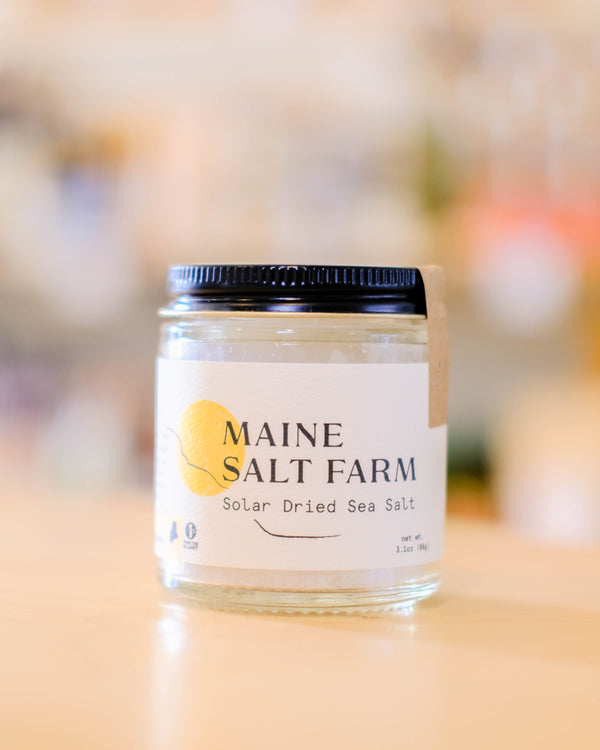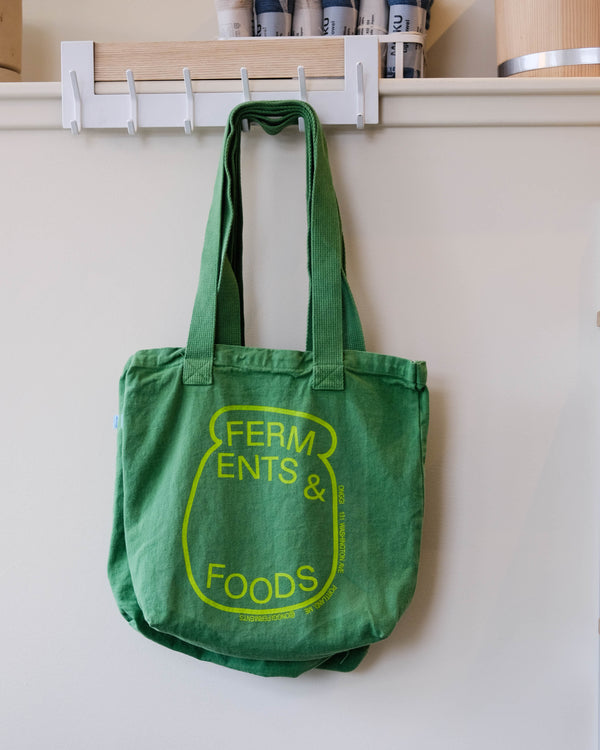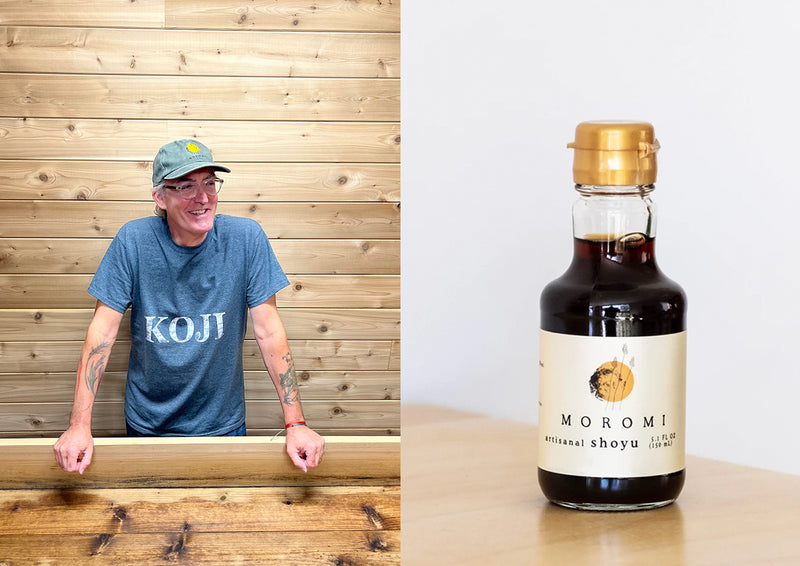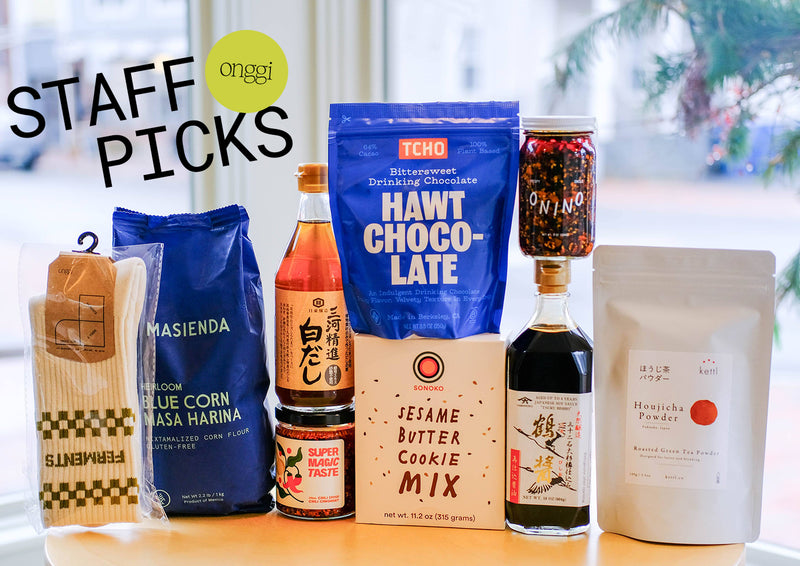Natto, a traditional Japanese product made from fermented soybeans, is hard to find in the United States. Overseas, this Japanese food is a staple, appearing on families’ tables at almost every meal. Natto has long been seen as a health food, with benefits including Vitamin K, nattokinase, and probiotics. It also holds a cultural place in Japan, showing up in TV series, anime, books, and even music.
At Onggi, we’re thrilled to carry Aya’s Culture Kitchen natto, made locally in Boston by former scientist and current fermentation enthusiast Aya Rowe. We sat down with Aya to chat all things natto—how it’s made, the challenges of setting up a natto business, and her vision for the future.
Margot: How did you get to fall in love with natto? Was it a part of your life growing up?
Aya: I'm originally from Japan, grew up in Japan until I was ten, then moved to the United States. I think natto is a part of everyone's upbringing in Japan. It’s very deeply and culturally associated with Japan. If you watch Japanese anime, you probably see characters eating natto, right? It's that familiar to everyone. It was not particularly a favorite treat for me, but it was part of the meal every time I ate something in Japan. I lived with my grandparents for a lot of my childhood time and they fed me natto almost every morning.
Margot: Is that cultural connection more around the health aspects of natto? Or is it more like it's just a staple dish that we eat as part of our daily sustenance?
Aya: I think it's both. My grandparents fed me natto because it was healthy. As a kid, if I had to eat it, I wanted to eat in a delicious way. I would mix it with a raw egg, which many Japanese people do. Sometimes full egg, sometimes egg yolk only. I prefer egg yolk only, or mixed with umeboshi. That's another favorite way of eating. Natto itself is really simple. It's like tofu, it smells funky sometimes, but it doesn't have a very strong taste to it, so you can arrange it in many, many ways. Eating natto in creative ways has been part of my daily life since I was a kid.
Margot: When you moved to Massachussets, you couldn’t find fresh natto in stores. Was that your main driver for starting your business?
Aya: I'm a former scientist for Harvard Medical School, I studied biology in college, and I really fell in love with the process of taking care of bacteria. It sounds nerdy, but I get really happy when I ferment natto in a perfect way. Sometimes I fail. Natto doesn't come out right. Because my background is in science, it's like an experiment for me. Why didn't this work out? What can I do differently next time so it will work out? I like the feeling of living with bacteria, good bacteria, and taking care of them in a good way. I think it's a win win situation for both humans and bacteria and people who eat them too.
My personal mission is to connect the United States and Japanese cultures and languages. For the last few years, I’ve been running a cross-cultural communication firm, introducing Japanese and American cultures to one another. I wanted to introduce something that's beneficial for people, that was born in Japan, leveraging my multicultural background. When I thought about it, many things have already been introduced—American people already know about anime, umeboshi and nori are becoming popular in the United States. I felt like natto was not receiving enough spotlight in the United States or in the Western culture in general. It's a super food and it has tons of health benefits, like probiotics, vitamins, fiber.
If people know more about natto, it could help make everyone healthier. It might change people's lives. That's why I chose to make natto.
Margot: I love that. You mentioned that you like when you're fostering this bacteria and everything goes perfectly well, and then there are times when things don't go perfectly well. What does perfect look like? What does not perfect look like?
Aya: I’ll start with the process of making natto. In order to make natto first, I need to soak soybeans. Well, it really starts from the selection of soybeans. You have to select really good quality natto soybeans. Natto soybeans are a little different from other kinds of soybeans. They're smaller compared to regular soybeans. Once the dry soybeans arrive, I need to wash them and I need to deselect bad looking natto beans from the batch. I soak them in water overnight for like 8 to 10 hours, depending on the season. When it's hot outside, you don't have to soak it for too long, but when it's cold outside, you might need to soak it for a little longer. After that, the soybeans get steamed. After steaming, I put natto bacteria with the steamed soybeans.
Margot: What is natto bacteria?
Aya: They come in a form of spores, some people call it bacillus natto. It’s basically a powder. When you steam the beans, it's really hot, right? And natto bacteria spores are very heat resistant and actually need heat in order to be activated. You mix a very tiny amount of natto bacteria powder, spore powder into hot water, then you mix that liquid into the steamed beans. That's how you activate the natto spores. After that, you put the steamed soybeans inoculated with bacteria into individual plastic containers.
Then you ferment them! I ferment at about 104 degrees Fahrenheit for 18 to 22 hours. Because natto bacterias are living, they're not perfect. Sometimes the environment is too dry for the beans and the bacteria can't grow properly. Maybe the spores don't get activated properly, so the bacteria doesn't spread evenly on the beans. There are so many different reasons for fermentation to not go well. But when that happens, I need to find out why. When it ferments perfectly, there's beans in containers and there's a little white fuzzy membrane kind of thing covered in natto. That's when you can tell that the fermentation went really well. When the natto is too smooth without any white film on it, that means it's not going well. It probably wouldn't be sticky enough. Stickiness correlates with the amount of healthy bacteria.
Margot: Wow, that’s very cool. Isn't there, is there a word in Japanese that has to do with that sticky texture?
Aya: Neba neba! That's actually a very interesting point, because when I describe natto, you can say it's slimy but slimy sounds not very delicious. When you say creamy, it sounds kind of right. But it's like a little bit different from neba neba. It's sort of a mixture of creamy and slimy.
Margot: How long has it been since you started the business?
Aya: I decided to make natto in March. My husband encouraged me to contact this natto guy living in Western Mass. I reached out to him asking whether he can teach me how to make natto. He invited me over to his natto factory and he taught me the steps. Since then, I've been doing kitchen experiments almost every night, whenever it's possible, whenever I have time. I’ve been fermenting food a lot longer, but March was when I decided to create the business.
Margot: Where are you for your business today? Are you leasing a commercial space?
Aya: So that's another funny story. We tried to rent. I tried to rent a shared kitchen space, but many shared kitchen spaces are afraid of natto bacteria because they think that natto might contaminate other food in the shared kitchen. They weren't very happy about accepting a natto maker at their kitchen. That was definitely disappointing for me because I thought it was going to be very easy for us to start a natto business, but it wasn’t.
I decided to make a kitchen by myself. While I was out running one morning, I found this empty office space near my apartment. I talked to the landlord of the office, and he kindly allowed me to use the space. It was actually a former kitchen space. There was a catering company in that building ten years ago. Right now, it’s basically an office. We decided to renovate that space into a kitchen and the renovation is going on right now. It's going to hopefully be done by November, and we'll be able to start producing natto in that space by then.
Margot: Oh, that's exciting. It seems that, at least at Onggi, we've seen a lot more interest in natto over the last year or so. It feels like there's generally a lot more interest in the United States. Why do you think that is?
Aya: Many scientists are focusing on natto right now, and they've been revealing a lot of health benefits about it. This might just be me stereotyping, but in the New England area, I feel like there are many educated people who are interested in scientific backgrounds of food when they consume something. They may have stumbled upon information around natto. Many people are recommended to eat natto by their doctors. There are a ton of vitamins in natto that make it very healthy to eat.
Margot: What have you been learning throughout this process of starting Aya’s Culture Kitchen?
Aya: I've been visiting a lot of natto factories in Japan while I'm here. Last week I visited this natto place in Mitaka Tokyo and they're selling dried natto. I’m thinking about selling their product at my store as well. It has less of a natto smell and sticky texture, so it’s good for natto beginners, or you can use it like a seasoning. I’m in the process of discovering interesting products like that which I'd be able to share with the New England community or the American community.
I'm also learning tips for making natto in Japan. I'll bring that knowledge back to Boston so I can produce better natto for everyone. Each natto factory has very different ways of making nattos.
The basics are the same—we all use the same process of steaming soybeans, sprinkling the bacteria, but many factories use different kinds of bacteria. There are three major kinds of natto bacteria often used in Japanese natto factories, but some people go beyond that and they produce their own bacteria in a lab and then use those custom bacteria.
Another variation I often see is containers. I use plastic containers because the fermentation process is very predictable in plastic containers. But originally, natto was fermented in straw. The straws have natto bacterias, so people didn't have to add the bacterias. Some Japanese natto companies are making traditional natto this way. I don't think I can do this in the United States because of health regulations, but I am learning these techniques through my visits.
Margot: That’s amazing, I had no idea natto was made in this way! Thank you so much for walking me through your process and your vision. We’re so excited to have Aya’s Culture Kitchen natto in store at Onggi!

